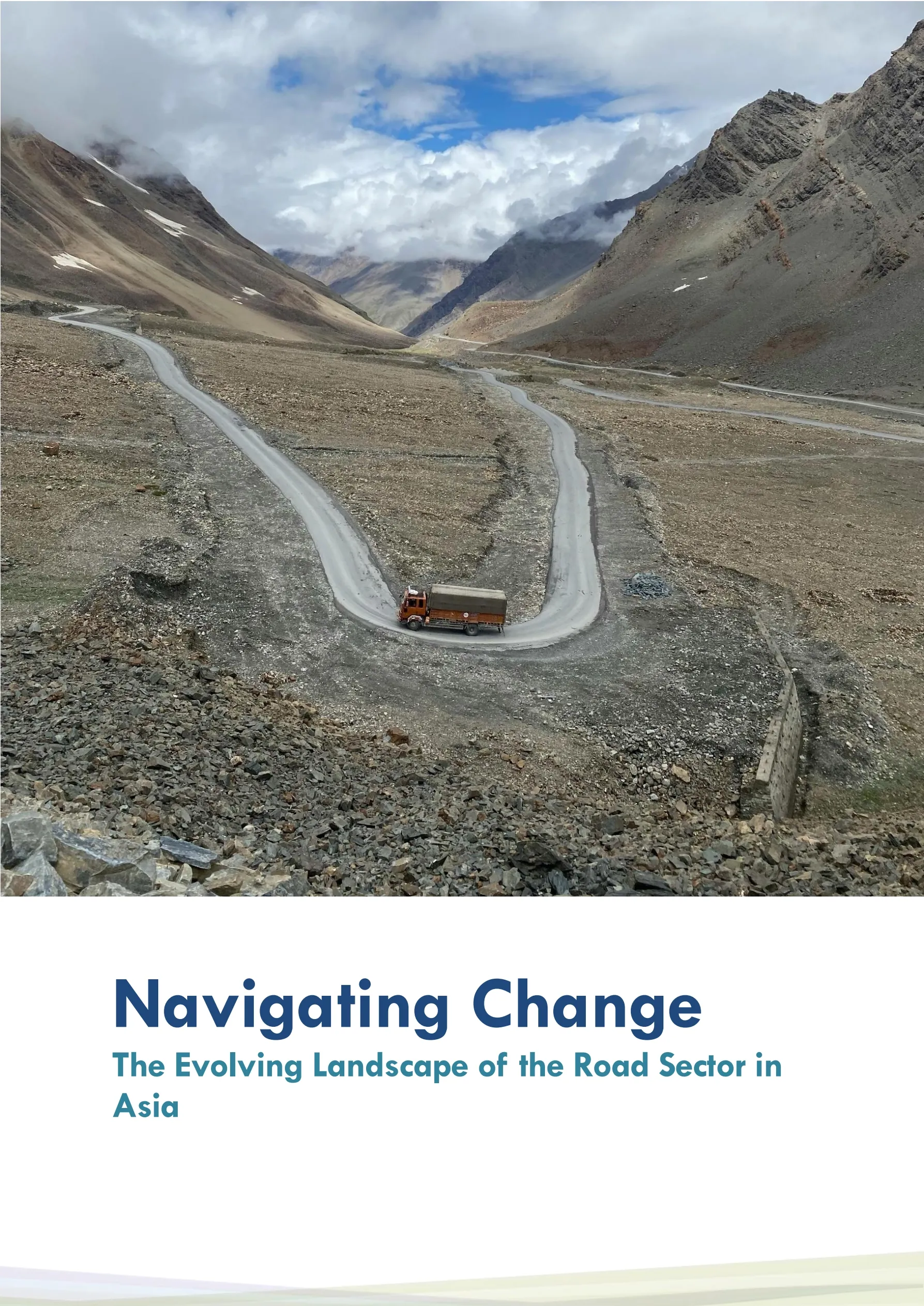
The decarbonization of Asia's transport sector presents a unique challenge. Despite possessing nearly 60% of the global population and producing half of the global GDP, Asia has only one-third of the world's road network and transport demand. This significant gap hinders access for millions: 25% of the rural population lacks all-season roads, and 75% of urban residents lack efficient public transit. However, Asia's development needs necessitate further growth in the transport sector. This creates a complex tension: how can transport decarbonization be achieved amidst rising road infrastructure development and activity?
This paper—originally presented at the IRF 2024 World Congress in Istanbul, Turkey— examines this "double-edged sword" of Asian road infrastructure. While roads foster access, connectivity, and economic development, they also contribute to road accidents, air pollution, and climate change. In response to the Paris Agreement and Sustainable development goals, many Asian countries are recalibrating their road policies to navigate the complex challenge. This paper analyses over 500 policy documents from 30 Asian economies, exploring key trends and insights. It examines how Asian low and middle-income countries are balancing access expansion, infrastructure development, and innovative economic instruments with efforts to reduce negative externalities.
This paper was written through the collaboration of the staff from the Asian Transport Outlook (ATO), the Asian Development Bank (ADB), and the International Road Federation (IRF).